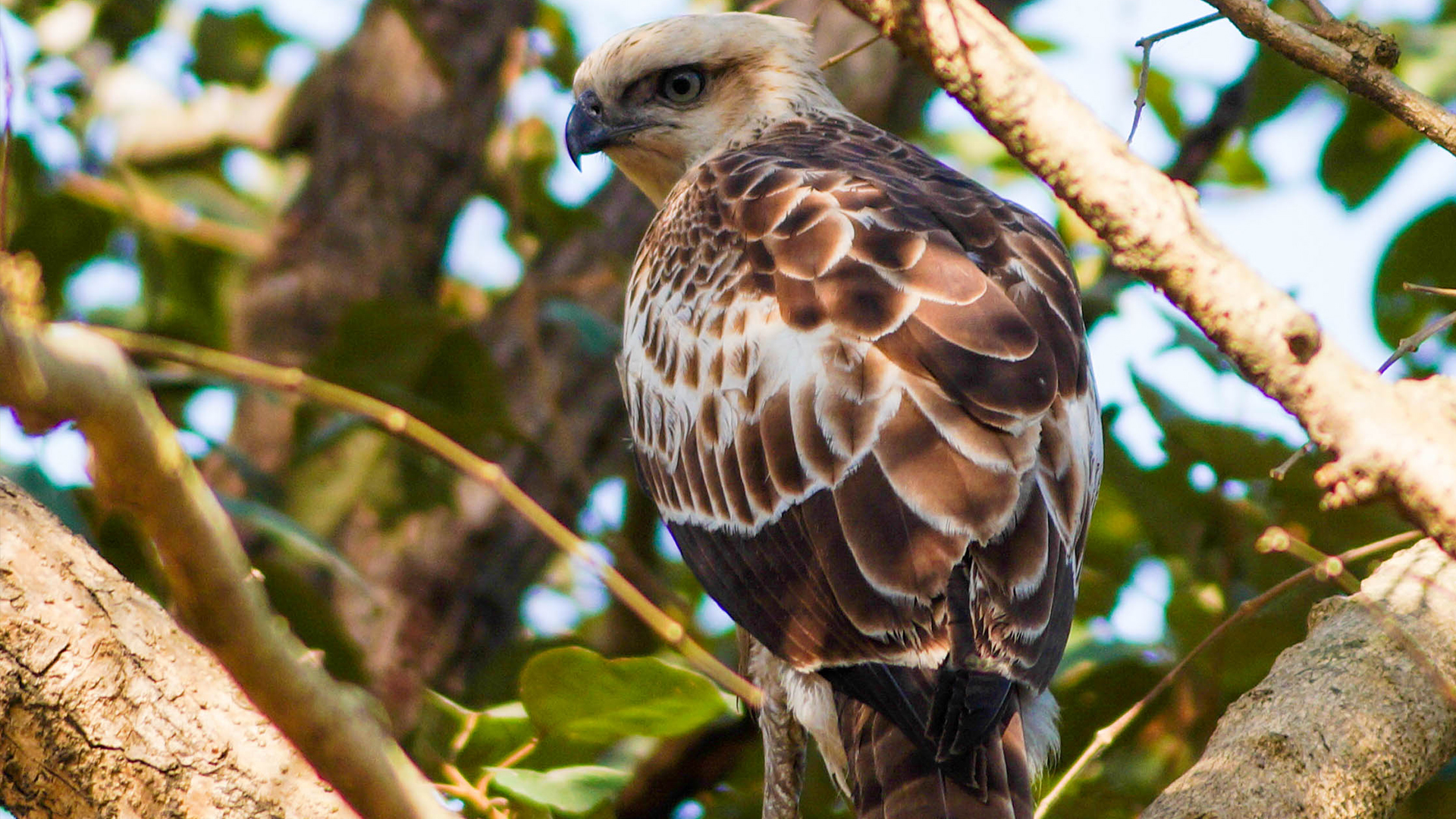
Dudhwa Tiger Reserve: Rediscover the Garden of Eden
Dudhwa Tiger Reserve, the virtually unknown and untouched paradise, lies on the Himalayan foothills on the Indo-Nepal border. Dudhwa is truly the final frontier of civilization. It is the last remnant forest of the amazing Terai-Ecosystem. The Terai, a complex and fragile ecosystem, is a magical mosaic of woodland, grassland and wetland habitats. The highly threatened ecology is perhaps one of its kind on Planet Earth.

As we move past the Dudhwa Entry Gate, we are gulped into an enchanted kingdom guarded for miles and miles and miles by the mighty Sal trees (Shorea robusta). The cavern-like canopy of the woodland is awe-inspiring at daytime and spine-chilling as it gets dark and darker. Under the cover of the apparent tranquility, “tigers lurk, cheetals hide, snakes writhe,” a great game is being played. We are, however, destined to be content by just a fleeting glimpse of this mind-boggling sport.
An adventurous journey on the jungle tracks leads us to the other natural treasures of Dudhwa: the Wetlands and Grasslands. Ranging in size from small ponds to vast water-bodies like the Jhadi Tal, the wetlands are the lifeline of Dudhwa. Gazing upon the crystal clear water of the Dudhwa wetlands, we can watch in delight and ecstasy the best of wildlife: the endangered swamp deer (barasingha), the otters, the gavials, the crocs, thousands and thousands of winged visitors (Pintails, Common Pochards, red crested pochards, shovellers, wigeons, teals, grebes and several others) and the majestic birds of prey. Whensoever a bird of prey ambushes an unwary duck, the entire flock arises up into the sky, feverishly flapping their wings to escape the clutches of death. And we witness it all with eyes wide open and bated breath.
The grasslands provide sustenance to the denizens of Dudhwa. Their beauty is best appreciated by scaling the 150 feet high machans (watch towers). From this vantage point, we behold the vast grassland spreading like a seamless carpet into the adjoining jungles. And the only thought that comes to the mind is if this is not paradise then what is! These grasslands are the natural habitat of Indian one-horned rhinoceros. About a hundred and fifty

years ago the last rhino was ruthlessly hunted to extinction here. Around twenty years back under an unprecedented international project, rhinos from Assam and Nepal were reintroduced at Dudhwa. Despite the initial hiccups, the rhino family has adapted well and expanded in size.
The biodiversity and wildlife at dudhwa is rivaled by few places on earth. Dudhwa is home to a sizable tiger population. It is the last refuge of the critically endangered sub-species of the Swamp deer. Of the seven species of deer in India, five (swamp deer, sambar, barking deer, spotted deer and the hog deer) thrive at Dudhwa. At no other place in the world, can you find five species of deer. Forty-seven species of mammals are found at Dudhwa; of these thirteen species are listed as endangered.
Around Four hundred species of birds dwell in the diverse habitats of Dudhwa; the daring and athletic birds of prey, the leaf warblers of the grasslands; the Himalayan birds (wagtails, minivets, finches, buntings, flycatchers) that descend from the higher reaches during the winters and the graceful wild ducks of the far off Northern lands.

The Dudhwa legend would be incomplete without the Tharus. This tribal community that dwells in the buffer zones has shared a strong bond with the jungles of Dudhwa since centuries. These simple farmers and shepherds still preserve a rich and vibrant culture.

